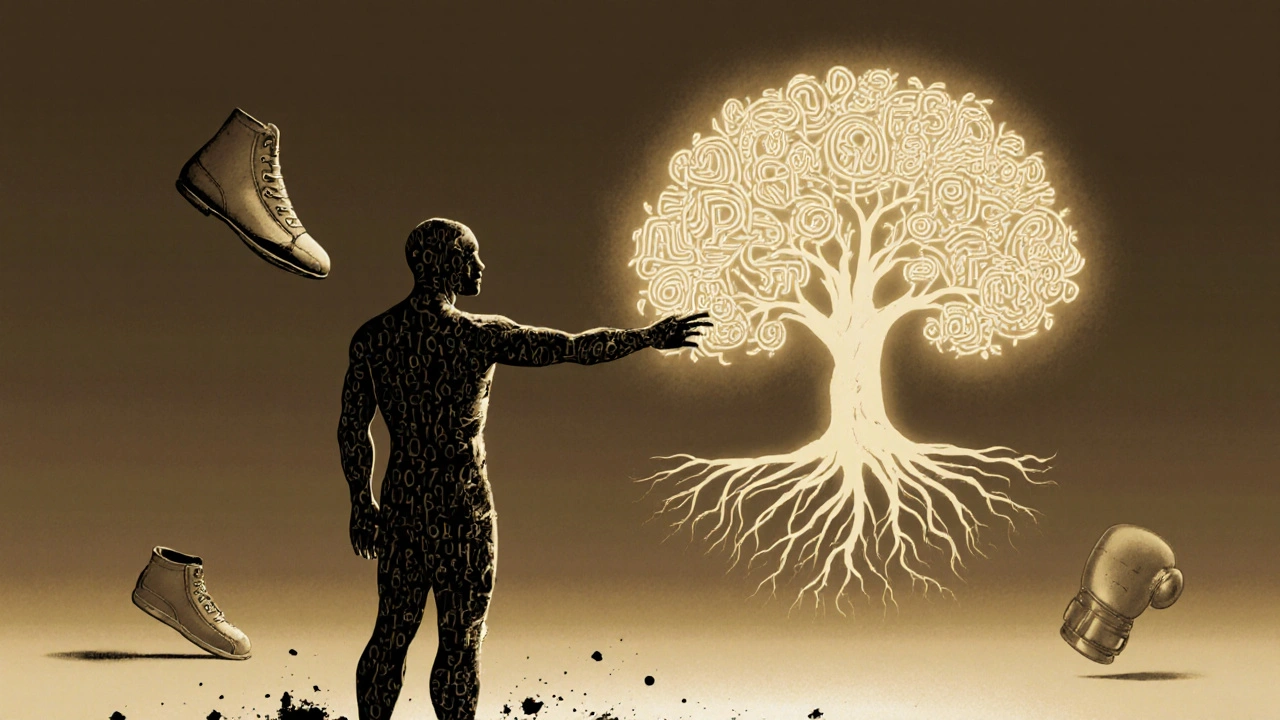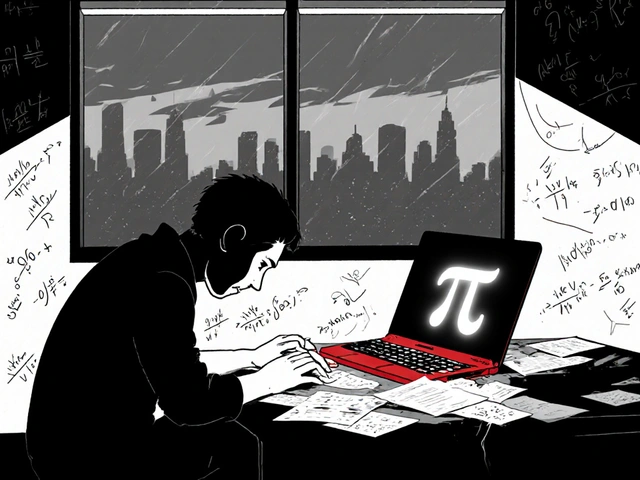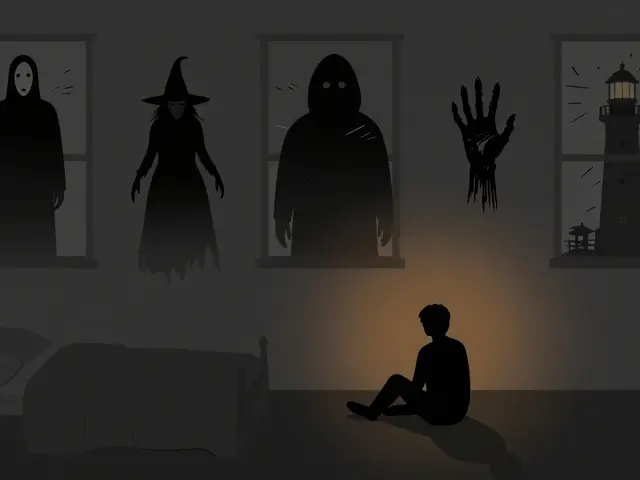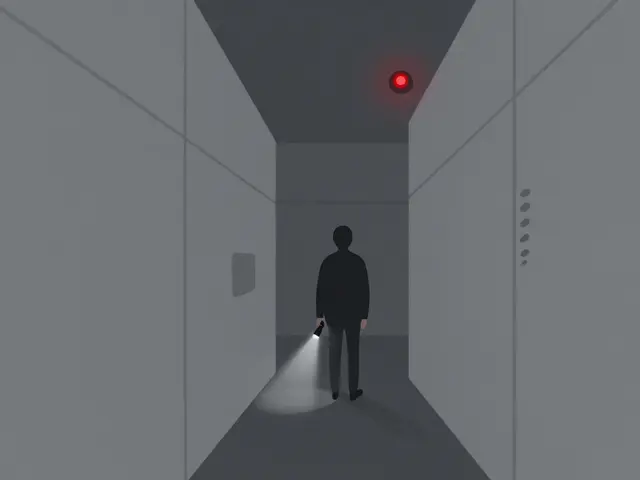16
Darren Aronofsky Essay: The Filmmaker Who Started with Pi

Darren Aronofsky didn’t start with a big budget, a studio backing, or a famous cast. He started with a $60,000 loan, a 16mm camera, and a story about a mathematician obsessed with finding patterns in chaos. That film was Pi-a black-and-white, grainy, nerve-wracking dive into madness, numbers, and faith. Released in 1998, it didn’t just launch his career. It became a blueprint for what independent cinema could be when raw vision beats polished production.
How Pi Changed Everything
Pi wasn’t made to be seen in theaters. It was made to be seen at Sundance. Aronofsky shot it in just 28 days, mostly in his own apartment and around New York City. He used a digital camera that couldn’t record sound, so he recorded audio separately and synced it later. The entire film was edited on a Power Macintosh G3. No fancy software. No team of assistants. Just him, his girlfriend (who acted as producer), and a stubborn belief that a story about a man chasing the number π could hold an audience’s attention.The film won the Directing Award at Sundance. It grossed over $3 million on a $60,000 budget. More importantly, it proved that a film could be disturbing, intellectual, and deeply personal-and still find an audience. Pi wasn’t about spectacle. It was about obsession. And that obsession became Aronofsky’s signature.
The Themes That Define His Work
If you watch all of Aronofsky’s films back-to-back, you’ll notice the same ghosts haunting each one:- Obsession-whether it’s a mathematician chasing pi, a dancer chasing perfection, or a boxer chasing redemption, his characters don’t just want something-they need it to the point of self-destruction.
- Body horror-not for gore’s sake, but as a metaphor for mental collapse. Think of the rotting flesh in Requiem for a Dream, the physical decay in The Fountain, or the bodily transformation in Black Swan.
- Religion and science at war-Pi pits Kabbalah against number theory. The Fountain blends Mayan mythology with quantum physics. Noah turns biblical epic into ecological parable.
- Isolation-his protagonists rarely have healthy relationships. They’re alone with their thoughts, their fears, their compulsions.
These aren’t just themes. They’re obsessions. And they mirror Aronofsky’s own process. He doesn’t make films to entertain. He makes them to unravel something inside himself.

From Pi to Black Swan: The Evolution
After Pi, Aronofsky didn’t chase mainstream success. He doubled down on intensity. Requiem for a Dream (2000) was even darker. Four people, four addictions, one relentless descent. The film used rapid cuts, distorted sound, and a haunting score to make viewers feel the characters’ unraveling. It didn’t just shock-it traumatized. And it was made for under $5 million.Then came The Fountain (2006), a film so personal it nearly killed his career. A love story spanning 1,000 years, blending science fiction, historical drama, and spiritual allegory. Studios hated it. Critics were divided. It bombed at the box office. But over time, it became a cult classic. Why? Because it dared to be beautiful, confusing, and emotionally honest.
Then Black Swan (2010). A ballet thriller that won Natalie Portman an Oscar. The film’s tight framing, mirrored imagery, and escalating paranoia echoed Pi-but now with color, music, and a star. It was Aronofsky’s first film to get wide distribution. But it still felt like an indie film. No studio interference. No happy ending. Just a woman breaking apart to become perfect.
Why He Still Makes Indie Films
Aronofsky has the clout to make studio blockbusters. He’s directed A-list actors. He’s won awards. He’s been offered hundreds of millions to make superhero movies. But he keeps returning to small, personal stories.Why? Because he still remembers what it was like to shoot Pi in his apartment. He still believes that the most powerful films come from the deepest places-not the biggest budgets.
His 2023 film, The Whale, starring Brendan Fraser, was made for $12 million. It didn’t have CGI, explosions, or sequels. It had one actor in heavy prosthetics, a single apartment set, and a script about guilt, grief, and redemption. It earned Fraser an Oscar. Critics called it a masterpiece. And it was made the same way Pi was: with heart, risk, and zero compromise.

What Independent Filmmakers Can Learn
If you’re trying to make your first film, Aronofsky’s path isn’t a fantasy. It’s a roadmap.- Start small-you don’t need a crew. You need a story that matters to you.
- Use what you have-a smartphone, natural light, a friend with a microphone. Aronofsky used a camera that cost less than a good laptop.
- Be obsessive-your film should feel like it was made by someone who couldn’t sleep until it was done.
- Don’t chase trends-Pi didn’t follow any genre. It created its own.
- Finish it-many indie filmmakers get stuck in pre-production. Aronofsky shot Pi because he was tired of talking about it.
His films aren’t perfect. Some are messy. Some are hard to watch. But they’re real. And that’s what makes them unforgettable.
The Legacy of Pi
Today, Pi is taught in film schools alongside Shoah, Eraserhead, and La Haine. It’s not just a debut. It’s a manifesto. A declaration that cinema doesn’t need permission. It doesn’t need approval. It just needs someone willing to stare into the void and say, “I see you.”Aronofsky didn’t just make a film. He made a promise-to himself, to indie filmmakers, to anyone who’s ever felt too strange to fit in. You don’t need a studio. You don’t need a budget. You just need a story that won’t let you go.
That’s the real lesson of Pi. Not the math. Not the chaos. But the courage to start.
What was the budget for Darren Aronofsky’s film Pi?
Darren Aronofsky made Pi with a budget of just $60,000. Most of the money came from a personal loan and contributions from friends and family. He filmed in his apartment and around New York City using a 16mm camera he couldn’t afford to rent for long. The entire production lasted 28 days.
Did Darren Aronofsky win any awards for Pi?
Yes. Pi won the Directing Award at the 1998 Sundance Film Festival. It also received the Independent Spirit Award for Best First Feature. These wins gave Aronofsky credibility and opened doors to future projects, including Requiem for a Dream and Black Swan.
Is Pi based on a true story?
No, Pi is not based on a true story. It’s a fictional psychological thriller about a fictional mathematician named Max Cohen. But the themes are rooted in real ideas-number theory, Kabbalistic mysticism, and the human need to find meaning in randomness. Aronofsky researched these topics deeply before writing the script.
Why is Pi considered an indie film?
Pi is considered an indie film because it was made outside the studio system with minimal funding, a tiny crew, and no major actors. Aronofsky wrote, directed, and produced it himself. It premiered at Sundance, the defining festival for independent cinema. Its raw, gritty style and experimental structure are hallmarks of indie filmmaking.
How did Pi influence modern independent cinema?
Pi showed that a low-budget film could be critically acclaimed and financially successful. It proved that audiences would engage with complex, dark, and unconventional stories if they were told with passion and precision. Films like Nightcrawler, It Follows, and Hereditary carry its DNA-psychological tension, minimal resources, and maximum emotional impact.
What’s the best way to watch Darren Aronofsky’s films in order?
Watch them in release order to see his evolution: Pi (1998), Requiem for a Dream (2000), The Fountain (2006), The Wrestler (2008), Black Swan (2010), Noah (2014), mother! (2017), and The Whale (2022). Each film builds on the last-thematically, visually, and emotionally.









